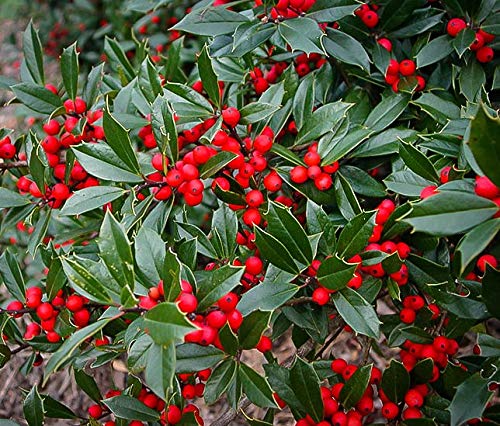Why doesn't my holly tree have berries? Expert advice for this festive foliage plant
Discover the reasons for berryless holly trees in your yard
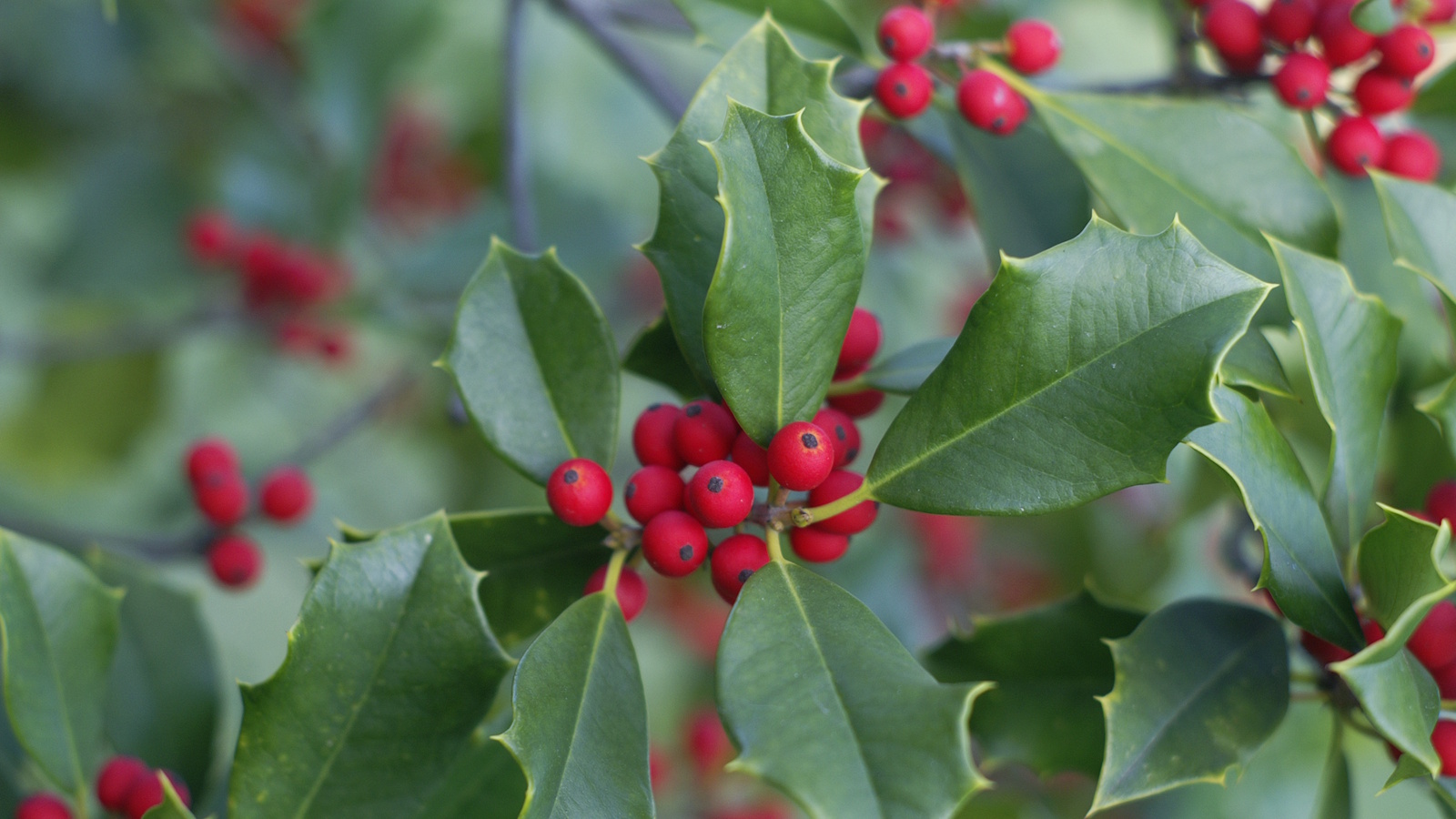

While holly trees, or Ilex, are deemed to be some of the easiest evergreen trees to grow, if you have a specimen without berries it can be disappointing, especially during the holiday season.
If you are asking why doesn't my holly tree have berries, fear not, there are three common reasons for this, whether biological, environmental, or human error.
In the UK, holly trees are plentiful, seen growing in temperate forests and woodland areas, or planted in gardens as part of a hedge or as a green backdrop in the garden. As a gardener, I have planted, cared for and pruned several different Ilex species, and here, I reveal all I know about how to grow holly to guarantee a bounty of berries.
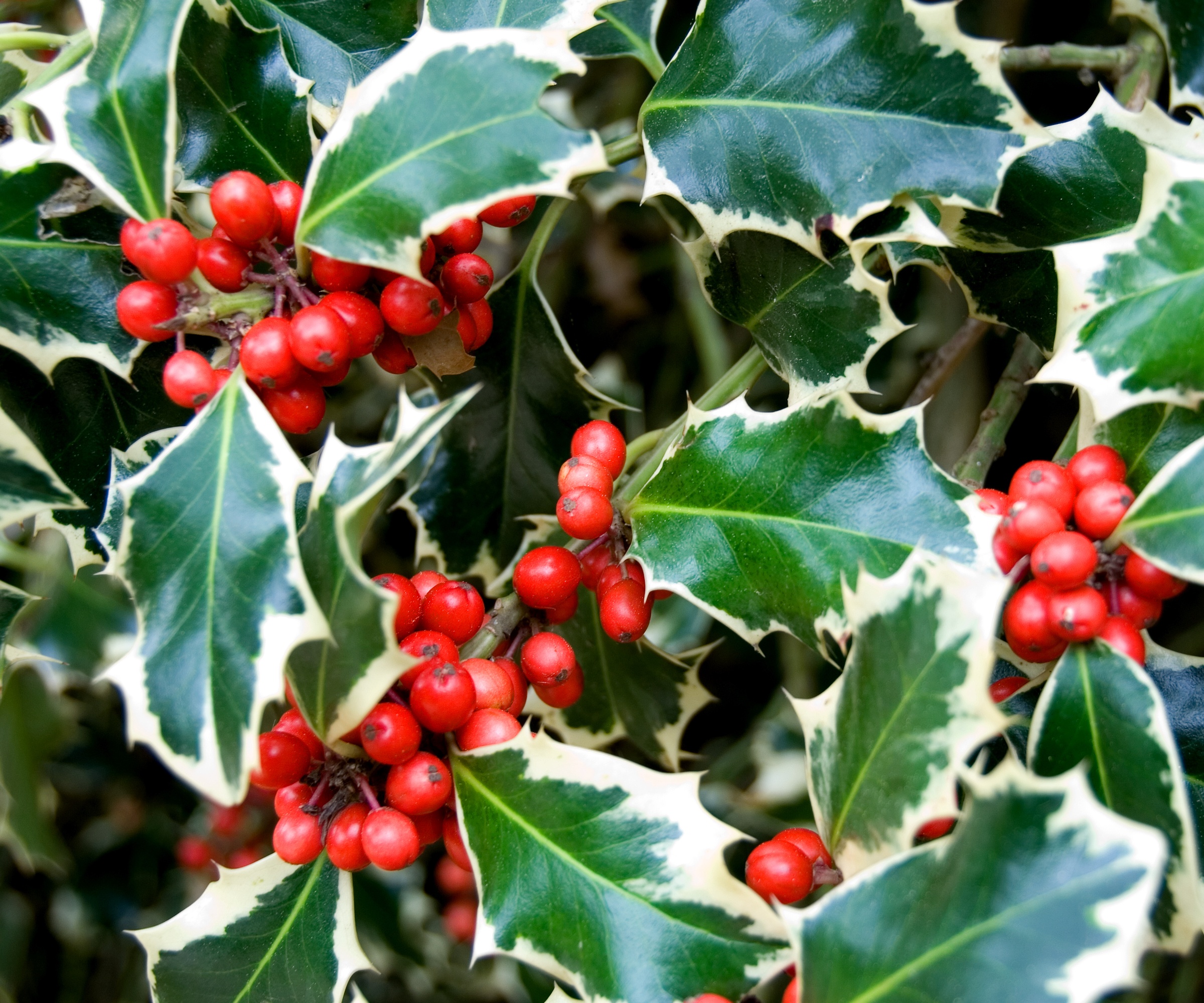
Why doesn't my holly tree have berries?
While there are many different species of Ilex, or holly tree, perhaps the most prevalent is the common holly or Ilex aquifolium. This species is widespread in both the UK and the US, growing from US hardiness zone 6 plus, with a preference for full to partial sun and some protection from strong wind.
While most species are easy to grow, sometimes they can fail to produce berries. Our guide outlines three common reasons for this.
Holly trees are dioecious
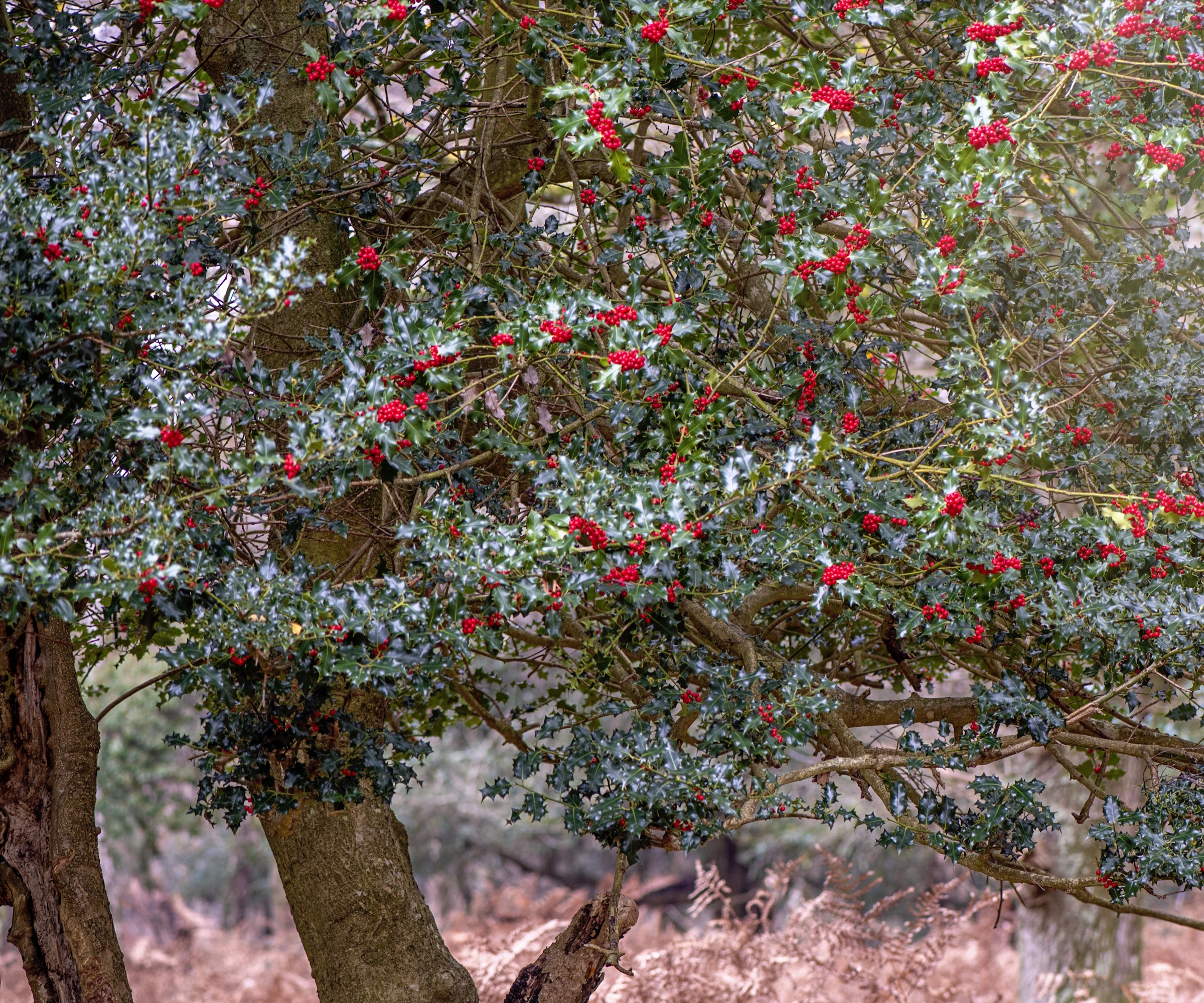
If you are looking for winter garden ideas or seeking shrubs with winter berries, you may be considering adding a holly tree to your plot. However, berries are not always guaranteed.
The most common reason for this is that holly trees are dioecious, meaning that there are male and female holly plants that cannot self-pollinate. In other words, you need a female plant and a male plant nearby to produce the red berries. While this is uncommon in the plant world - only around 5-6% of plants are dioecious - it is an important factor to consider when growing holly.
Design expertise in your inbox – from inspiring decorating ideas and beautiful celebrity homes to practical gardening advice and shopping round-ups.
So, while only female holly trees produce berries, they need a male holly tree nearby to be able to do so. This means that if your holly tree has no berries, it could be a male specimen, and therefore is unable to produce fruits, or it could be a female specimen but there is no male tree nearby. Always ask the plant nursery for information about your tree before purchasing to understand the sex of the plant.
You do not always need to plant one female tree for every male holly tree, however. If you live in an area with plenty of holly, for example, near a woodland or in other neighboring plots, bumble and honey bees will be able to pollinate.
Interestingly, some varieties have been bred with both male and female parts on the same plant, otherwise known as monoecious plants. This Ilex x meserveae 'Berryific' variety, available from Amazon, is a good example, with a bounty of red berries guaranteed in fall and winter.
Younger holly trees will not produce berries
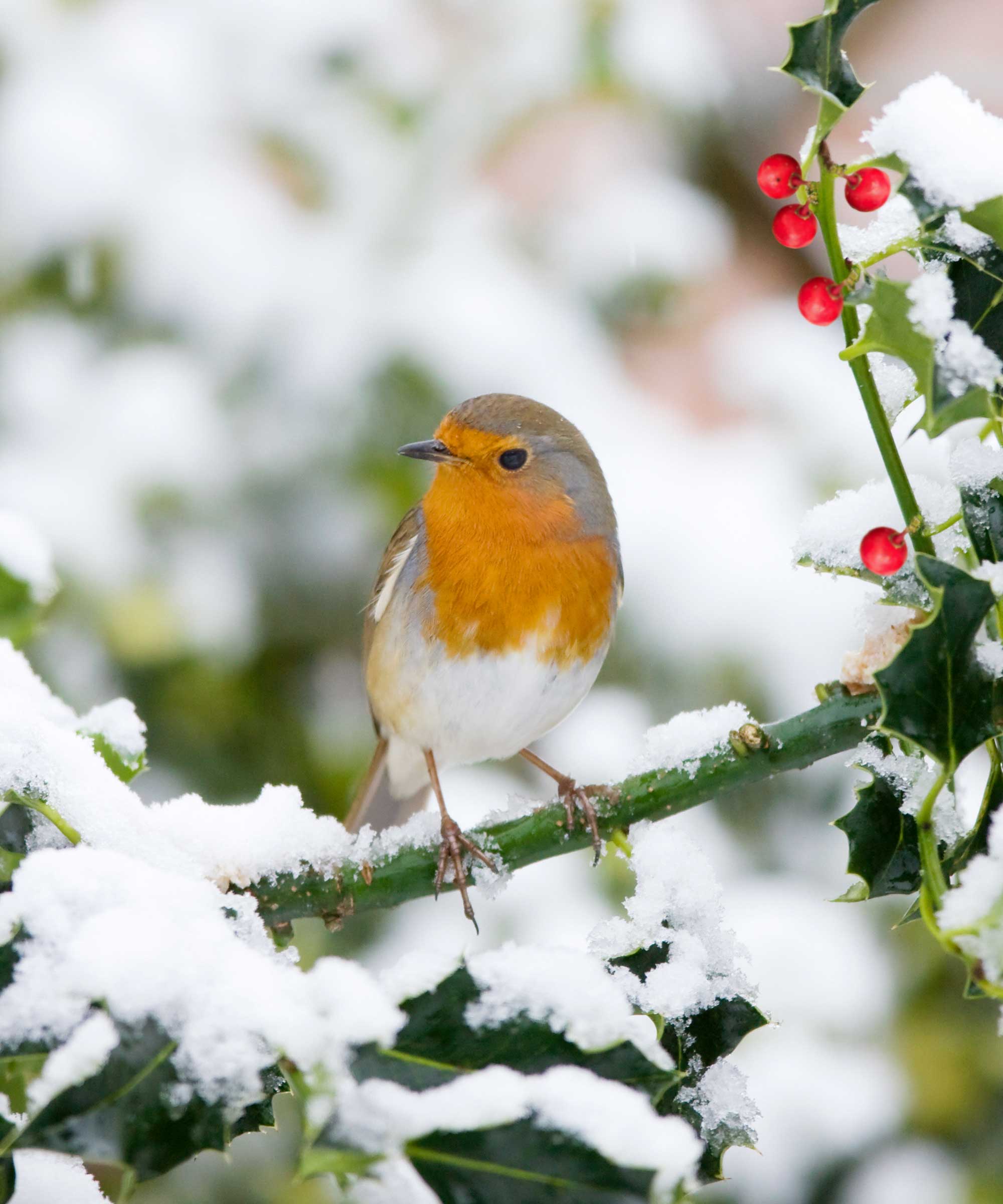
While they are some of the easiest evergreen shrubs to grow, if your holly is a young specimen and has only been planted in the last year or two, it might not produce fruits. If you are wondering why doesn't my holly tree have berries, this could certainly be the reason.
Generally speaking, holly trees need around three to five years before they will flower and produce berries. Sometimes a little patience is needed before your tree is settled and ready to fruit.
Pruning holly at the right time
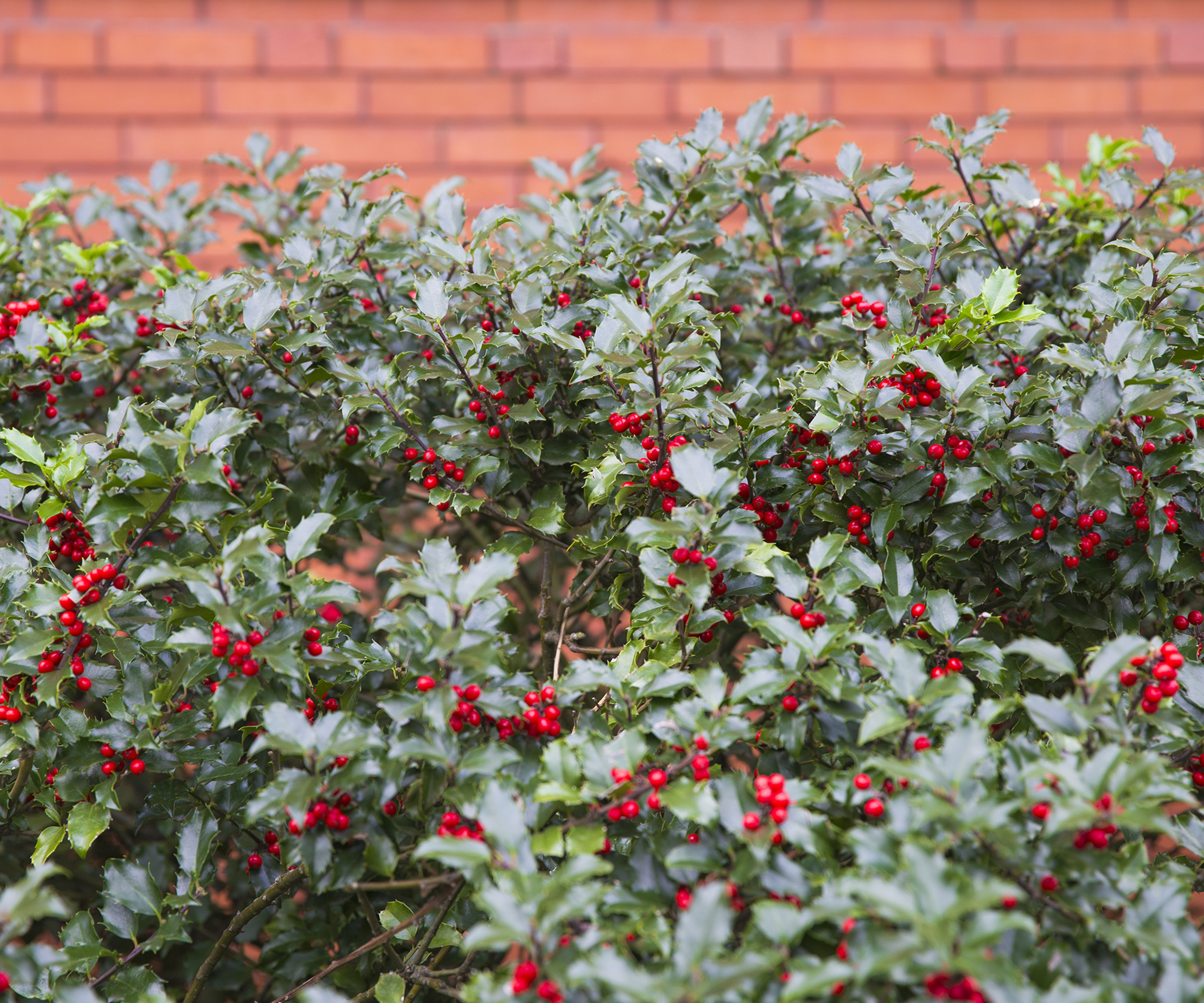
Gardeners can also be part of the problem when it comes to fruiting holly trees. Sometimes, holly trees can have no berries because the flowers were cut off at the wrong time. So, if your holly tree is over-pruned or pruned too early, no berries will develop.
In terms of when to prune holly bushes, the ideal time would be in late winter or spring, after fruiting has finished. If you prune at the wrong time, in late summer for example, you might be removing the stems that would have produced berries in the coming months.
When pruning holly trees, be sure to use sharp, clean pruners, like these Felco snips, available from Walmart.
FAQs
Why does my holly tree have round, not spiky, foliage?
There are many different varieties of holly, and some have rounded foliage, such as the round-leaf Japanese holly, or Ilex crenata 'Latifolia'. These varieties can often be a good option if you have young children and worry about spiky foliage.
If you have a species or variety that produces both spiky and rounded leaves, however, this is an evolutionary adaptation. Holly trees can produce spiky leaves to deter hungry pests, while the foliage at the top of the tree that is out of reach of deer or rabbits may appear rounded.
Another reason for non-fruiting often has to do with sunlight. Holly trees enjoy bright and direct light, which will help to produce plenty of flowers and berries. When they are grown in too much shade, this can reduce the number of fruits.
Growing holly trees and other fruiting bushes is a great idea if you are keen to feed and encourage birds during the fall and winter months. See our wildlife garden ideas for more inspiration to turn your yard into a haven for birds, bees and butterflies.

Thomas is a Content Editor within the Gardens Team at Homes and Gardens. He has worked as a professional gardener for both public spaces and private estates, specializing in productive gardening, growing food and flowers. Trained in Horticulture at the Garden Museum, he has written on gardening and garden history for various publications, including The English Garden, Gardens Illustrated, Hortus, The London Gardener and Bloom. He has co-authored a Lonely Planet travel book, The Tree Atlas, due out in 2024.
